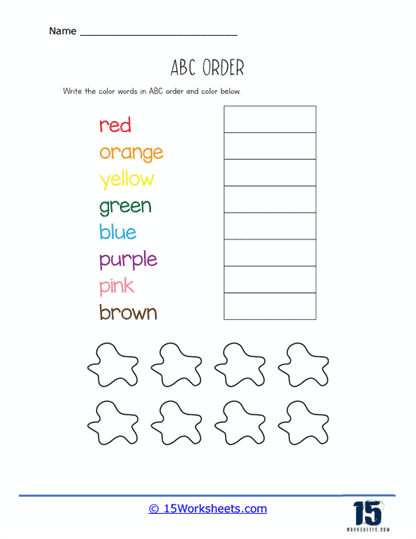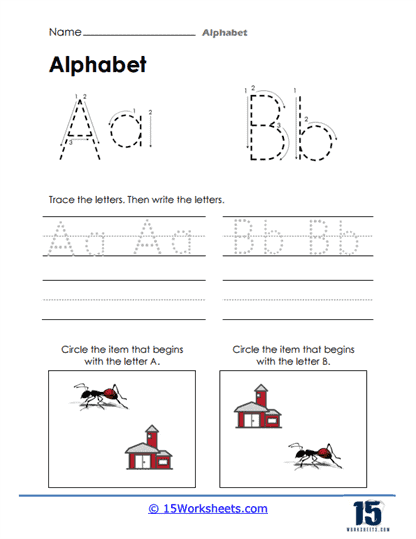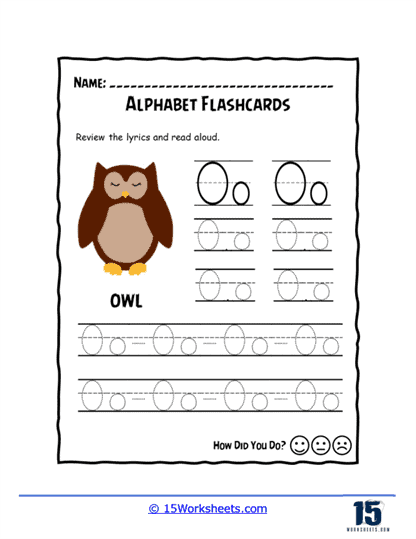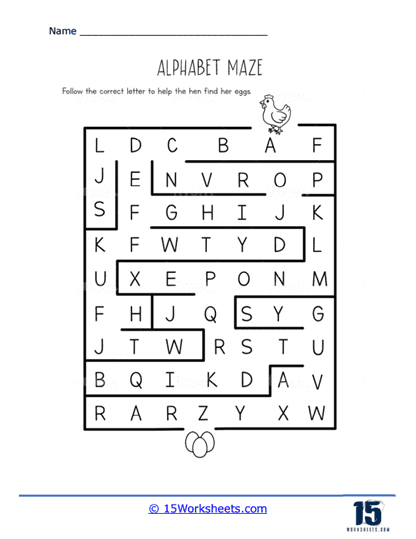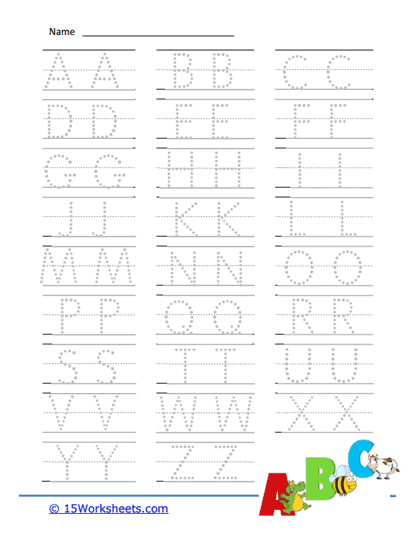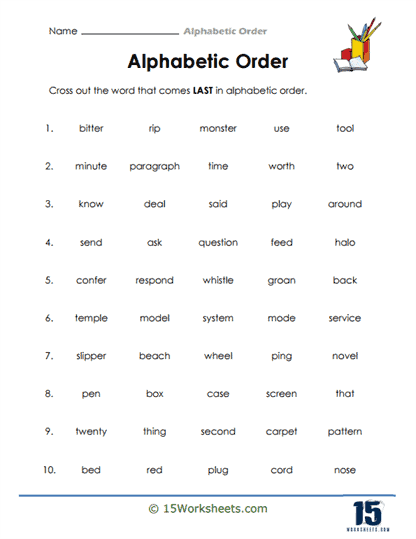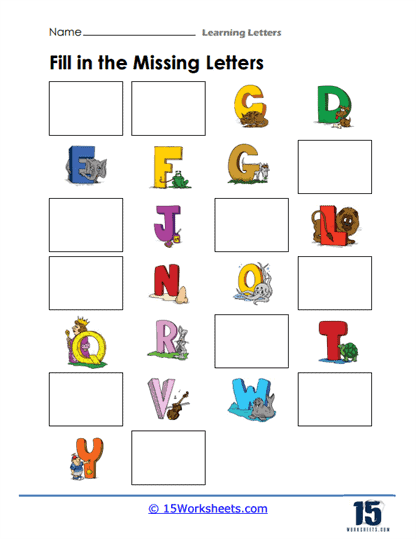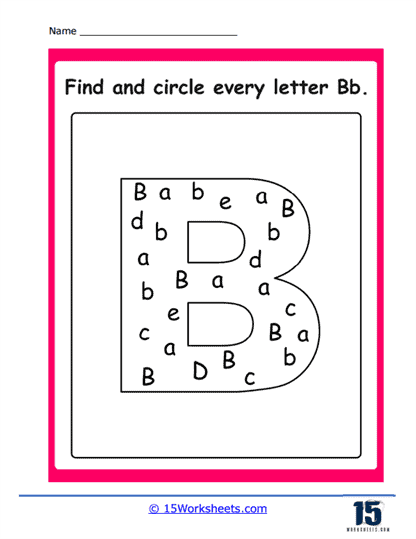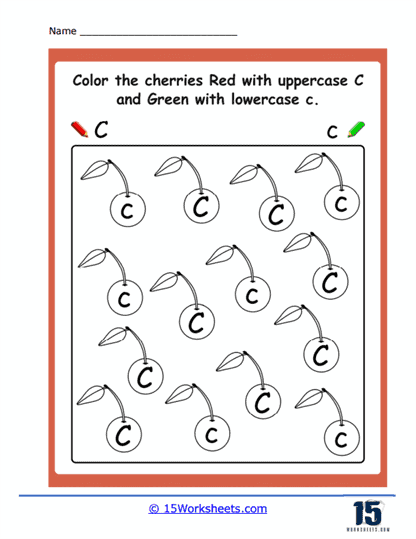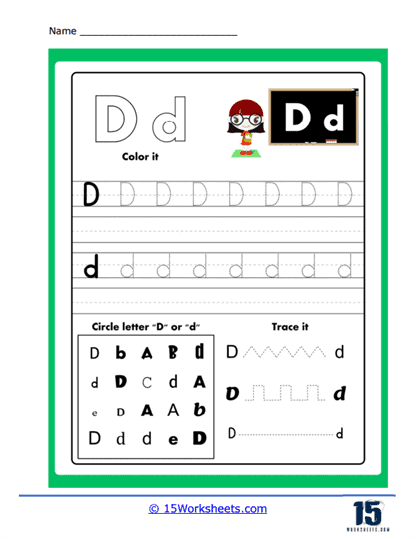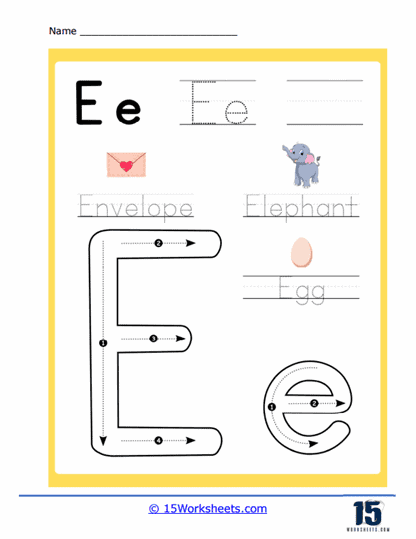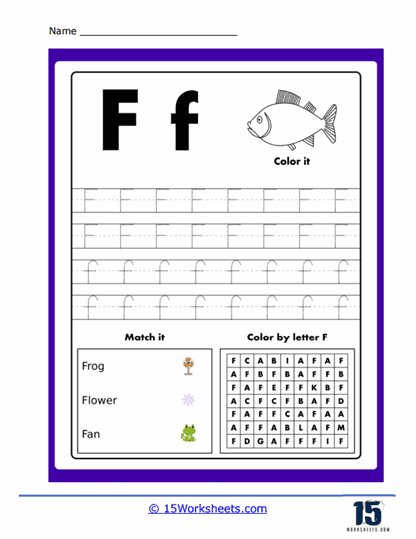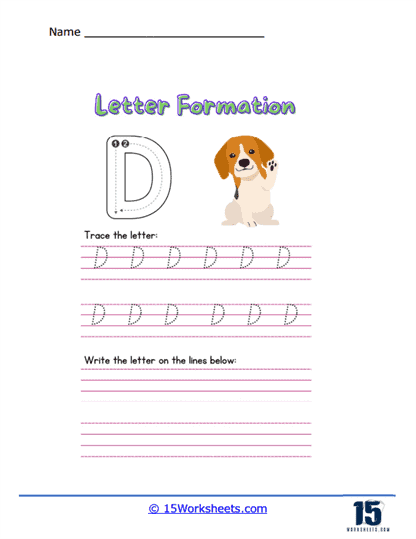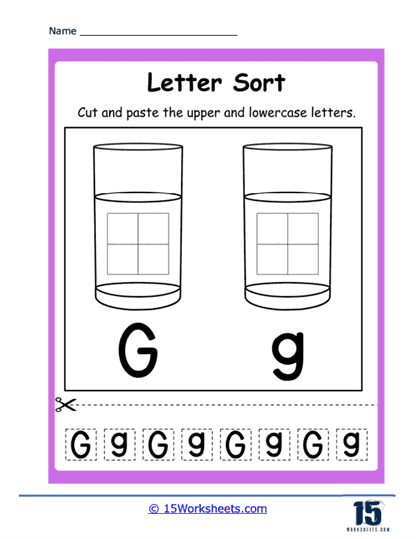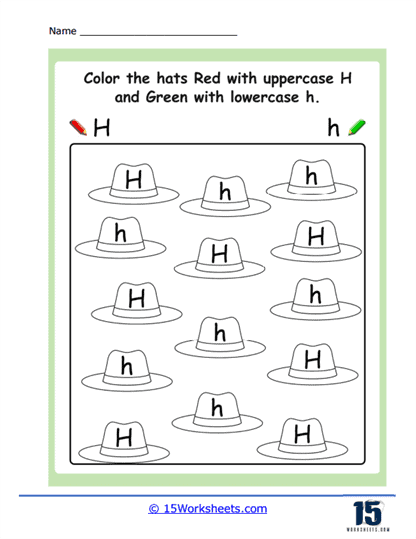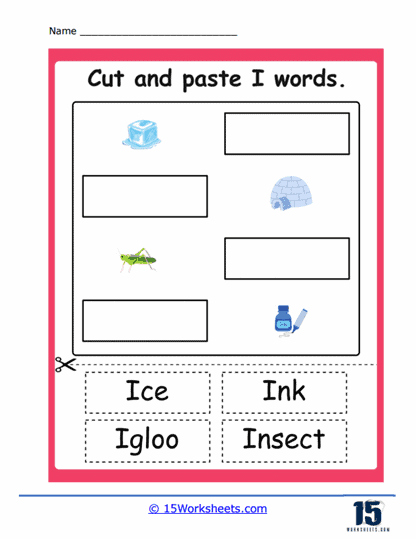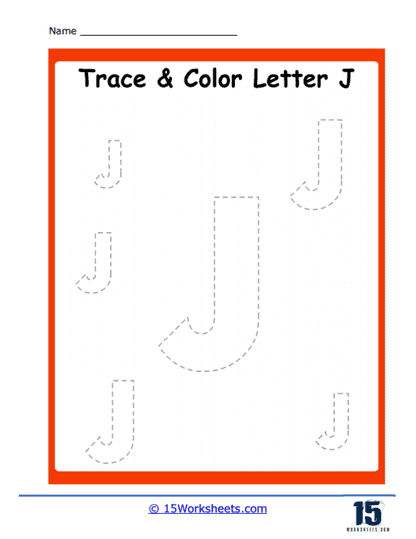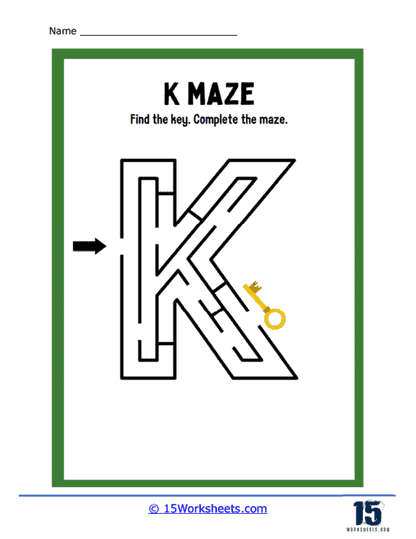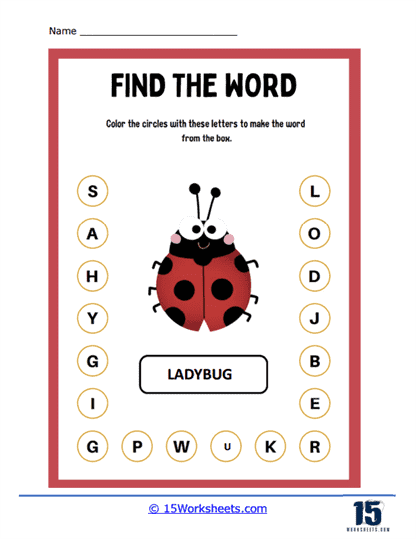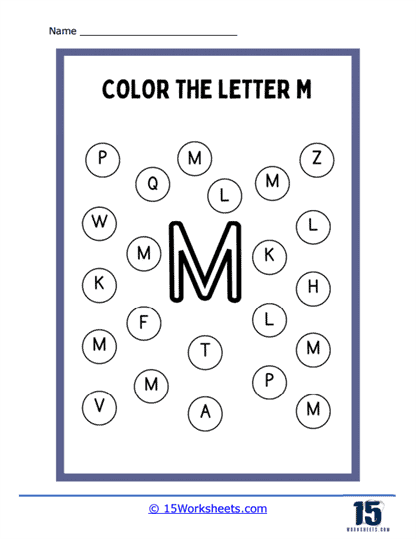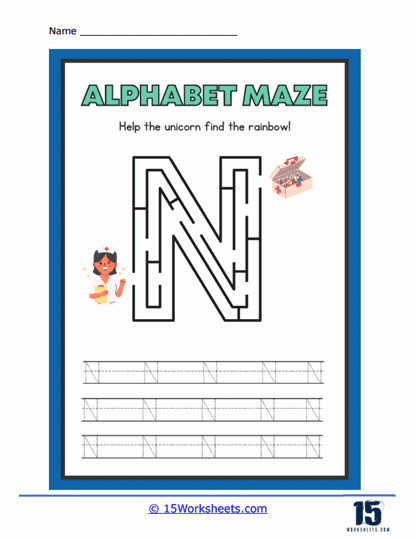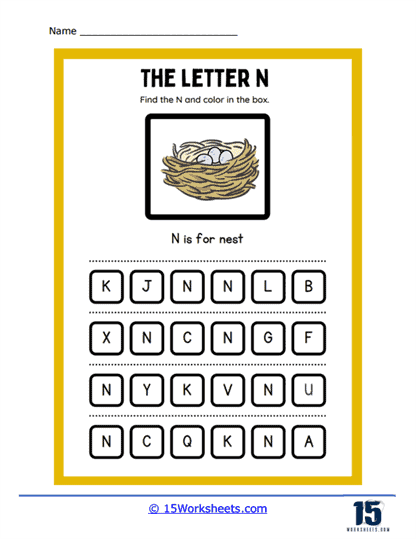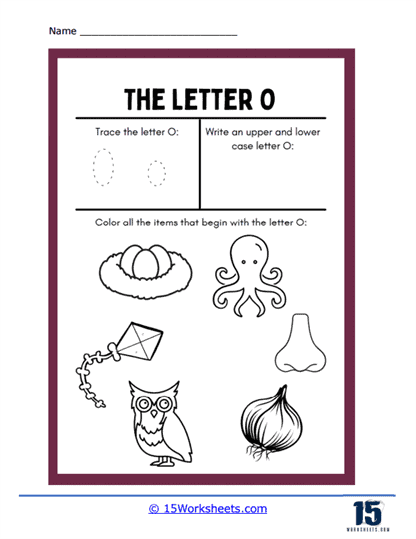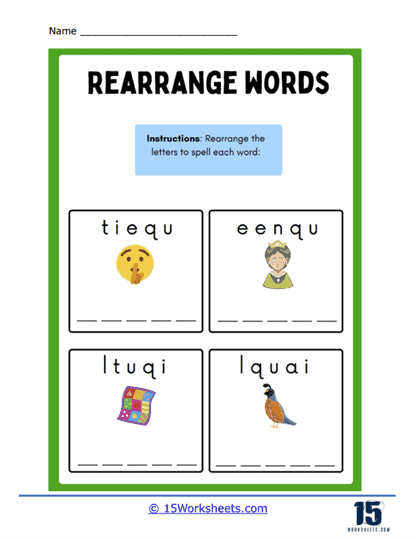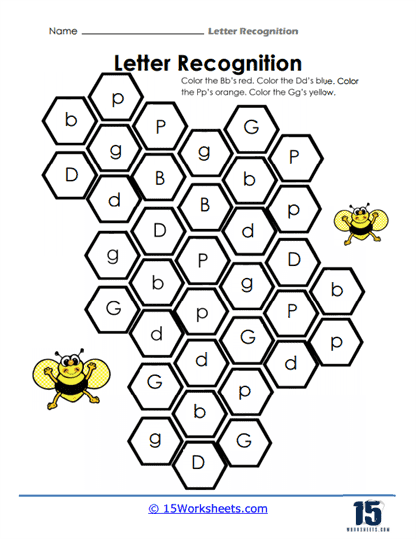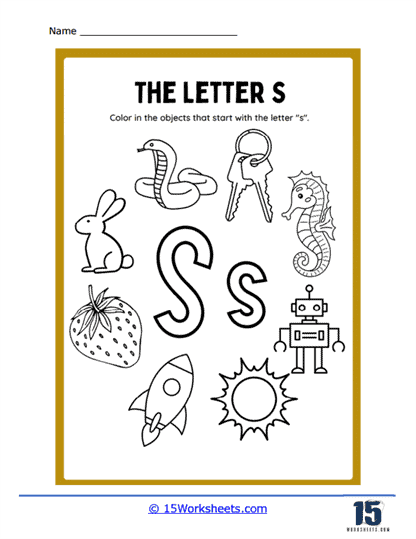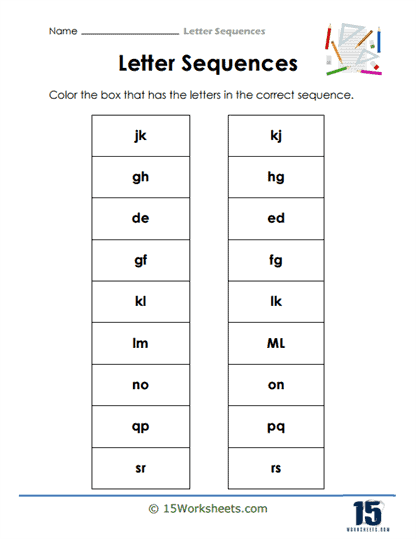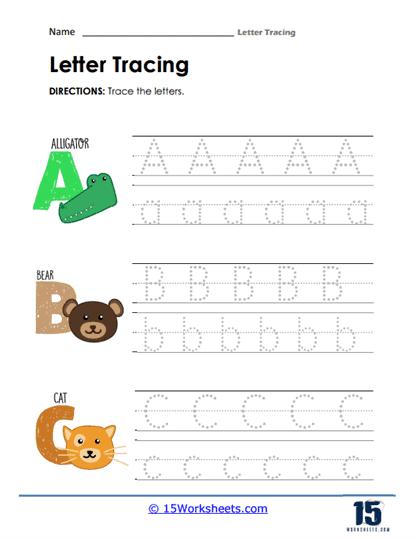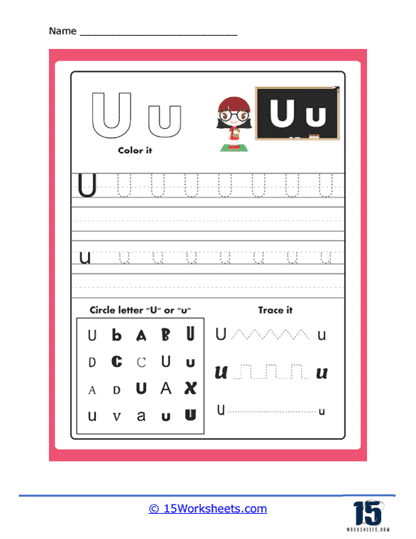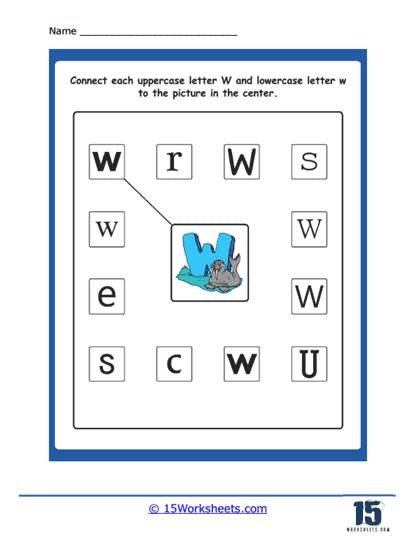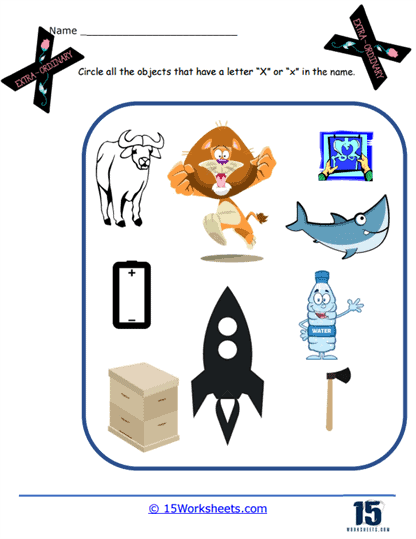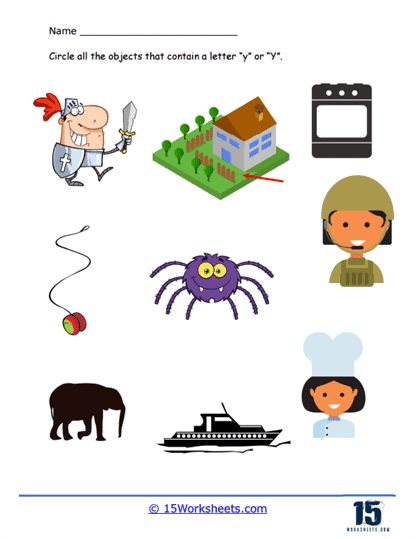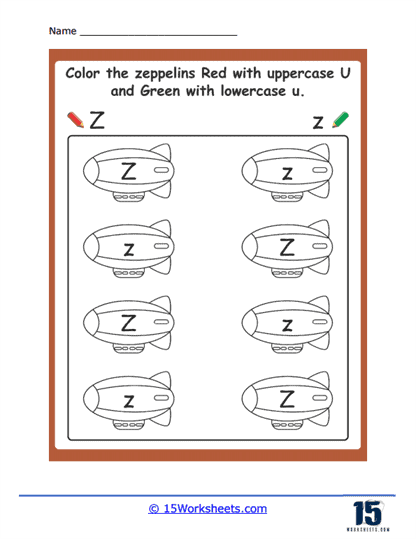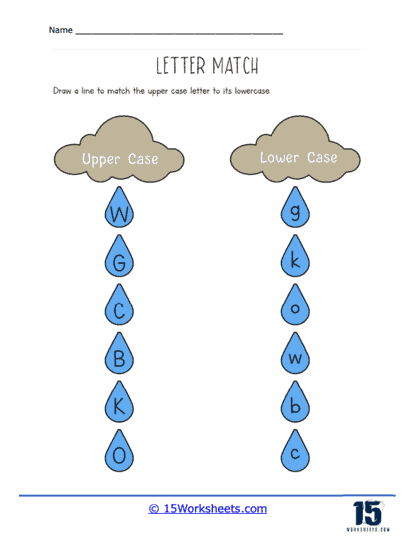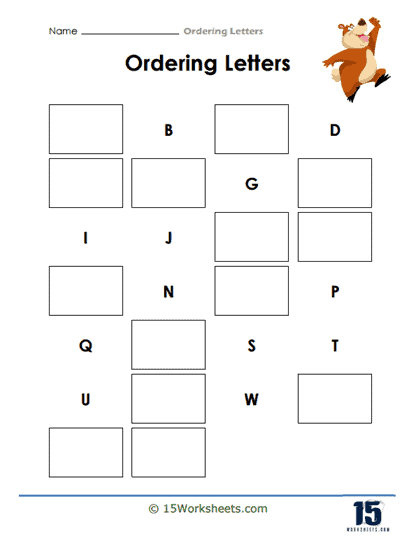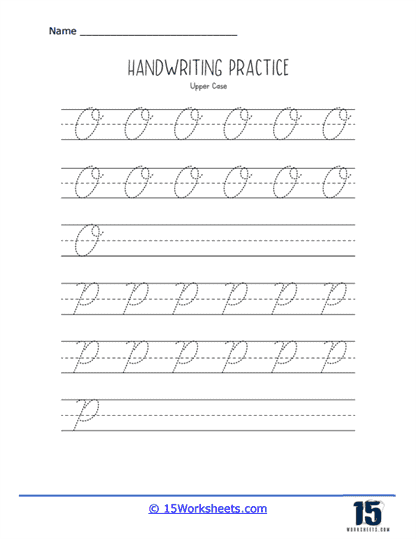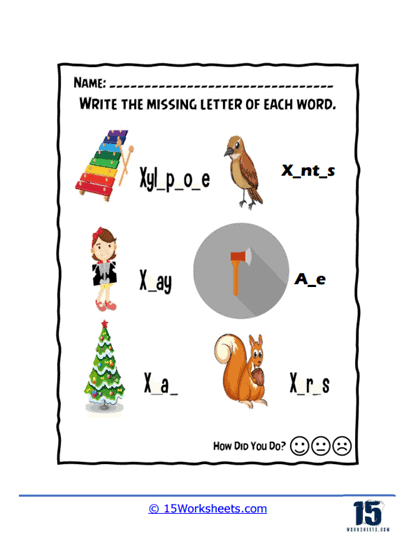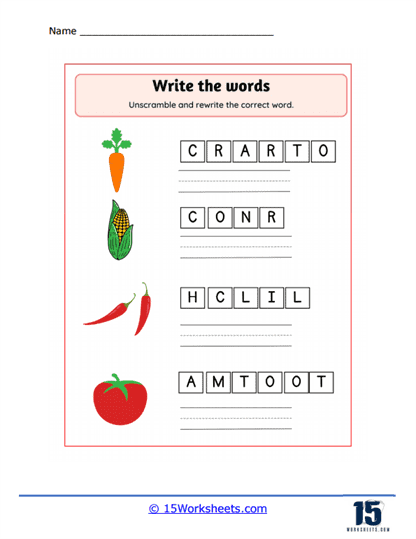Letters Worksheets
What Are Letter Worksheets?
Letter worksheets are educational resources designed to help children learn and practice the letters of the alphabet. These worksheets typically focus on recognizing, writing, and understanding the sounds associated with each letter. They can be used in various settings, such as classrooms, therapy sessions, or at home, and can be adapted to suit different age groups and developmental levels.
Some common elements of Letter worksheets may include:
Tracing Activities – Children can trace uppercase and lowercase letters to become familiar with their shapes and improve their handwriting skills.
Letter Recognition Activities – Worksheets may require children to identify and match uppercase and lowercase letters or find a specific letter among other letters.
Phonics and Sound Activities – Children may be asked to match a letter with its corresponding sound or identify words that begin or end with a specific letter sound.
Writing Practice – Worksheets can include writing prompts or exercises that encourage children to practice writing letters independently.
Coloring – Coloring pages featuring letters or images that correspond to a specific letter can help reinforce letter recognition and phonics skills.
Letter Sequencing – Activities may involve arranging letters in alphabetical order, which helps children understand the structure of the alphabet.
Letter Games and Puzzles – Word search puzzles, crossword puzzles, or letter-based games can make learning letters more enjoyable and engaging.
Letter worksheets play a vital role in teaching children the alphabet and building a strong foundation for reading and writing skills. By incorporating a variety of activities and approaches, these worksheets can help children develop their letter recognition, handwriting, phonics, and language skills in a fun and effective way.
Letter Teaching Tips
Helping students learn the letters of the alphabet can be a fun and engaging process. Here are some tips and strategies to make learning the alphabet enjoyable and effective:
1. Introduce letters gradually: Start by introducing a few letters at a time, focusing on their names and sounds. Begin with the most common letters, such as A, B, C, or the first letter of the child’s name. Gradually introduce the rest of the alphabet as they become more familiar with the initial set.
2. Use visuals: Create or use visual aids, such as alphabet charts, flashcards, or posters. Display these prominently in the learning area to provide constant reinforcement of the letters and their shapes.
3. Sing the alphabet song: Teach children the alphabet song, which helps them learn the order of the letters and associate each letter with a sound. Encourage them to sing the song regularly to reinforce their learning.
4. Letter formation practice: Provide opportunities for children to practice writing the letters, either on paper or with other materials, such as sand, playdough, or chalk. Start with uppercase letters, as they are typically easier for young children to recognize and write.
5. Incorporate tactile experiences: Encourage children to trace the letters with their fingers or use textured materials, such as sandpaper or foam letters. This tactile approach helps them develop a better understanding of the shape and form of each letter.
6. Read alphabet books: Read books that focus on the alphabet or feature a specific letter on each page. This helps children connect the letters with words and images and reinforces the sounds they represent.
7. Play letter games: Engage children in games and activities that involve letter recognition and sounds, such as matching games, memory games, or sorting activities. These games make learning fun and reinforce their understanding of the alphabet.
8. Use real-life examples: Incorporate the alphabet into daily routines and activities. For example, point out letters on signs, labels, or in books and ask children to identify them or the sounds they represent.
9. Teach letter sounds: Alongside teaching the names of the letters, focus on the sounds each letter makes. This helps children develop phonemic awareness, an essential skill for reading and writing.
10. Be patient and consistent: Learning the alphabet takes time and practice. Be patient and provide consistent reinforcement of the letters and their sounds through various activities and daily routines.
Remember that every child learns at their own pace, so be patient and supportive. The key is to keep the learning process fun and engaging, using various strategies and activities to help students learn and remember the letters of the alphabet.
What Are the Most Common Letters Used In Language?
The most commonly used letters of the alphabet in the English language are often referred to as the ETAOIN SHRDLU letters, which is an arrangement of the 12 most frequent letters in decreasing order of frequency. Here they are:
1. E
2. T
3. A
4. O
5. I
6. N
7. S
8. H
9. R
10. D
11. L
12. U
These frequencies are based on letter usage in the English language and can vary slightly depending on the source or text corpus used to determine the frequency. Keep in mind that these frequencies may not hold true for other languages, as each language has its own unique distribution of letter frequencies.

